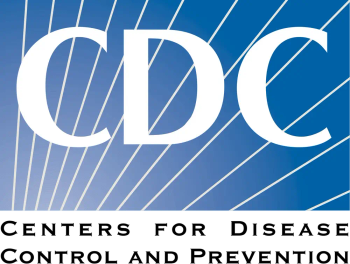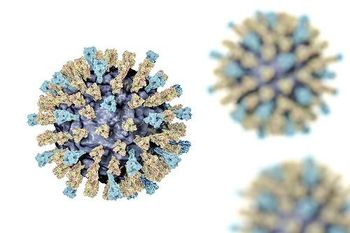ROME, July 23, 2025: Italy’s Health Ministry has confirmed two deaths and eight cases of West Nile virus (WNV) infection so far this year, underscoring a concerning rise in vector-borne disease activity in Europe.1
The majority of infections (seven out of eight) occurred in the Lazio region, which includes the capital, Rome. One fatality was an 82-year-old woman hospitalized in Latina, south of Rome. Additional cases have been reported across northern Italy, Emilia-Romagna, Veneto, Piedmont, Lombardy, as well as in Sardinia and the southeastern Puglia region.1
West Nile virus, primarily transmitted by mosquito bites, can cause severe neuroinvasive disease in roughly 1 in 150 infected individuals, according to the World Health Organization. Italy first detected WNV in 1998, and the virus is increasingly reported throughout Europe. Notably, in May 2025, WNV was identified in mosquitoes for the first time in the United Kingdom.1
European Vector-Borne Disease Preparedness Faces Challenges
As Italy grapples with rising WNV cases, a broader European concern emerges over the continent’s readiness to manage emerging vector-borne diseases (VBDs). An international research team recently emphasized that climate change, globalization, and environmental degradation have expanded vector habitats, heightening human exposure to arboviruses.2
The study advocates for proactive, transdisciplinary approaches to VBD prevention, drawing on lessons from countries with longstanding endemic transmission. Despite growing threats—including West Nile virus, malaria, Crimean-Congo hemorrhagic fever, and leishmaniasis—public health funding and attention in Europe remain focused on other priorities.2
Key recommendations to strengthen Europe’s resilience include:2
- Implementation of One Health strategies integrating human, animal, and environmental health sectors.
- Development of early warning systems and community-based vector control interventions.
- Enhanced cross-border collaboration and capacity building.
In the United States, the CDC reported 2,770 arboviral cases in 2023, with West Nile virus accounting for 95% of infections. These resulted in over 2,000 hospitalizations and 208 deaths. Significantly, the CDC documented the first US human infection with WNV lineage 3 (L3), a strain previously found only in European mosquitoes. The patient was coinfected with both L3 and the more common lineage 1 (L1), raising concerns about surveillance gaps. Current US molecular diagnostics do not routinely differentiate between WNV lineages, underscoring the need for improved detection methods.3
What You Need To Know
Italy confirms two fatalities and eight West Nile virus infections in 2025, with cases concentrated in Lazio and multiple other regions.
Europe faces increasing vector-borne disease risks exacerbated by climate change and globalization, yet remains underprepared; calls grow for One Health and proactive prevention strategies.
The US CDC reports a surge in West Nile virus cases in 2023, including the first human infection with lineage 3, underscoring gaps in surveillance and the need for improved diagnostic and donor screening protocols.
Three cases of WNV transmission through organ transplantation were also reported, highlighting the importance of vigilant donor screening despite transmission being rare.3
Other arboviral threats rising in the US include Powassan virus, which reached a new case high in 2023, and La Crosse virus, the leading cause of arboviral neuroinvasive illness in children.3
The CDC warns that underreporting due to asymptomatic cases and limited testing complicates arboviral surveillance. Clinicians should consider arboviral infections in patients presenting with febrile or neurologic symptoms during peak mosquito and tick activity.4
Clinical recommendations include:4
- Arboviral testing for patients with compatible clinical presentations.
- Prompt reporting of suspected cases to health authorities.
- Educating patients on protective measures such as insect repellents and vector habitat reduction.
As WNV and other arboviruses continue to spread geographically and genetically, maintaining vigilance through surveillance, clinical awareness, and vector control remains essential to reduce morbidity and mortality.4
References
2.Charnley GEC, Alcayna T, Almuedo-Riera A, et al. Strengthening resilience to emerging vector-borne diseases in Europe: lessons learnt from countries facing endemic transmission. Lancet Reg Health Eur. 2025;53:101271. doi:10.1016/j.lanepe.2025.101271
3.Padda H, Jacobs D, Gould CV, et al. West Nile virus and other nationally notifiable arboviral diseases — United States, 2023. MMWR Morb Mortal Wkly Rep. 2025;74:358-364. doi:10.15585/mmwr.mm7421a1
4.West Nile: symptoms, diagnosis, & treatment. Centers for Disease Control and Prevention. May 15, 2024. Accessed June 26, 2025. https://www.cdc.gov/west-nile-virus/symptoms-diagnosis-treatment/index.html


















































































































































































































































































